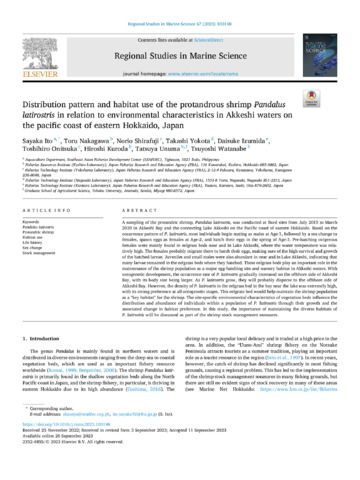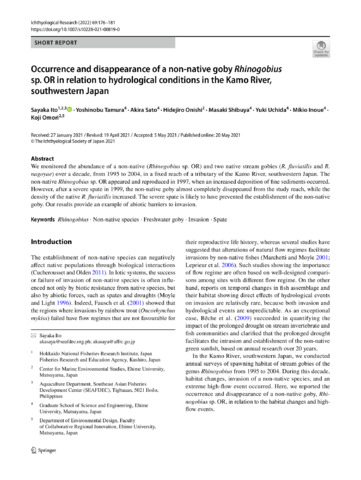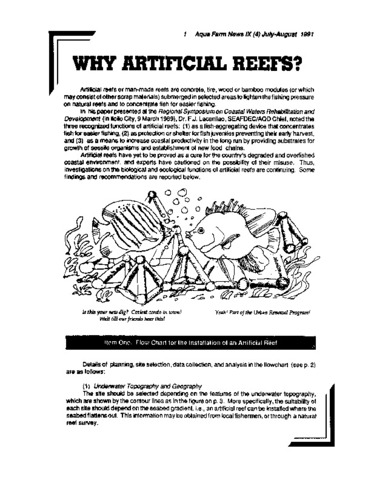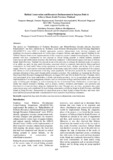Distribution pattern and habitat use of the protandrous shrimp Pandalus latirostris in relation to environmental characteristics in Akkeshi waters on the pacific coast of eastern Hokkaido, Japan

View/Open
Date
2023-09Author
Page views
210Metadata
Show full item recordCited times in Scopus
4 readers on Mendeley
Share
Abstract
A sampling of the protandric shrimp, Pandalus latirostris, was conducted at fixed sites from July 2015 to March 2020 in Akkeshi Bay and the connecting Lake Akkeshi on the Pacific coast of eastern Hokkaido. Based on the occurrence pattern of P. latirostris, most individuals begin mating as males at Age-1, followed by a sex change to females, spawn eggs as females at Age-2, and hatch their eggs in the spring of Age-3. Pre-hatching ovigerous females were mainly found in eelgrass beds near and in Lake Akkeshi, where the water temperature was relatively high. The females probably migrate there to hatch their eggs, making sure of the high survival and growth of the hatched larvae. Juveniles and small males were also abundant in near and in Lake Akkeshi, indicating that many larvae remained in the eelgrass beds where they hatched. These eelgrass beds play an important role in the maintenance of the shrimp population as a major egg-hatching site and nursery habitat in Akkeshi waters. With ontogenetic development, the occurrence rate of P. latirostris gradually increased on the offshore side of Akkeshi Bay, with its body size being larger. As P. latirostris grow, they will probably disperse to the offshore side of Akkeshi Bay. However, the density of P. latirostris in the eelgrass bed in the bay near the lake was extremely high, with its strong preference at all ontogenetic stages. This eelgrass bed would help maintain the shrimp population as a “key habitat” for the shrimp. The site-specific environmental characteristics of vegetation beds influence the distribution and abundance of individuals within a population of P. latirostris through their growth and the associated change in habitat preference. In this study, the importance of maintaining the diverse habitats of P. latirostris will be discussed as part of the shrimp stock management measures.
Keywords
Pandalus latirostris Protandric shrimp Habitat use Life history Sex change Stock managementSuggested Citation
Ito, S., Nakagawa, T., Shirafuji, N., Yokota, T., Izumida, D., Onitsuka, T., Kuroda, H., Unuma, T., & Watanabe, T. (2023). Distribution pattern and habitat use of the protandrous shrimp Pandalus latirostris in relation to environmental characteristics in Akkeshi waters on the pacific coast of eastern Hokkaido, Japan. Regional Studies in Marine Science , 67, 103198. https://doi.org/10.1016/j.rsma.2023.103198
Subject
Taxonomic term
Collections
- AQD Journal Articles [1248]
Related items
Showing items related by title, author, creator and subject.
-
Occurrence and disappearance of a non-native goby Rhinogobius sp. OR in relation to hydrological conditions in the Kamo River, southwestern Japan
Ito, Sayaka; Tamura, Yoshinobu; Sato, Akira; Onishi, Hidejiro; Shibuya, Masaki; Uchida, Yuki; Inoue, Mikio; Omori, Koji (Springer, 2022-01)We monitored the abundance of a non-native (Rhinogobius sp. OR) and two native stream gobies (R. fluviatilis and R. nagoyae) over a decade, from 1995 to 2004, in a fixed reach of a tributary of the Kamo River, southwestern ... -
Why artificial reefs?
Carreon-Lagoc, Julia; Southeast Asian Fisheries Development Center, Aquaculture Department (Aquaculture Department, Southeast Asian Fisheries Development Center, 1991) -
Habitat Conservation and Resources Enchancement in Seagrass Beds in Sriboya Island, Krabi Province, Thailand
Manajit, Nopporn; Theparoonrat, Yuttana; Amornpiyakrit, Taweekiet; Yingyuad, Weerasak; Soonsan, Patcharee; Bunlipatanon, Paiboon; Praipanapong, Supap (Training Department, Southeast Asian Fisheries Development Center, 2016)The project on 'Rehabilitation of Fisheries Resources and Habitat/Fishing Grounds through Resources Enhancement', has been undertaken by Southeast Asian Fisheries Development Center/Training Department (SEAFDEC/TD) since ...






